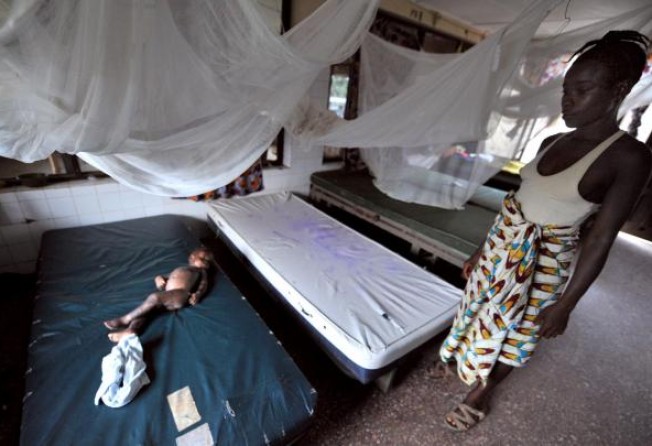
Child mortality halves in 20 years, but persists in Africa and South Asia
Some 6.9m died last year, compared with 12m in 1990, but South Asia and Africa are lagging

The global mortality rate for young children has been nearly halved in the past two decades, but Africa and South Asia have not kept pace, the United Nations said yesterday.

However, "any satisfaction at these gains is tempered by the unfinished business that remains," Unicef executive director Anthony Lake said. Some 19,000 children still die each day from largely preventable diseases.
The geographic and social disparity also worries UN experts, who called for more resources to be devoted to at-risk regions and more investment in maternal and child health, along with education for girls.
The biggest improvement in child health has been recorded in Latin America and the Caribbean, East Asia and the Pacific, Central and Eastern Europe, the Middle East and North Africa. These regions have cut the child death rate by half since 1990.
Under-five deaths are now concentrated in sub-Saharan Africa and South Asia, which account for 80 per cent of the world total, said the Unicef report, titled "Committing to Child Survival: A Promise Renewed".
Sub-Saharan Africa has only cut its death rate by 39 per cent, and accounts for nearly half the deaths each year. One child in nine in the poorest African region still fails to live past his or her fifth birthday.
In eastern and southern Africa, deaths have been reduced through "massive" investment in fighting Aids, measles and malaria, said the report.
South Asia accounts for about a third of total under-five deaths each year.
India (24 per cent of the total), Nigeria (11 per cent), Democratic Republic of Congo (7 per cent), Pakistan (5 per cent) and China (4 per cent) make up half of the total number of world deaths between them.
Unicef said poverty was not the only decisive factor in the deaths. Children are more likely to die early if they are born in a rural area or if their mother has not had primary education. Conflict and political instability also hit child health prospects.
Some poor countries have made spectacular progress on child health in recent years, Unicef said. Laos cut its mortality rate by 72 per cent between 1990 and 2011, East Timor by 70 per cent, Liberia by 68 per cent and Bangladesh by 67 per cent.
Infectious diseases such as pneumonia, diarrhoea and malaria account for two-thirds of child deaths.
About 40 per cent of the children who die are struck down in the first month of life. Factors weighing against a child's survival include whether the mother is very young, or is poorly educated, and whether there is poor hygiene or no access to water.
Mickey Chopra, head of Unicef's health department, said poorer countries were getting faster access to vaccines developed in the rich world.
Vaccines now reach poor countries in two to five years, against 20 years in the past, he stressed. Governments and health agencies are also negotiating lower prices with pharmaceutical firms.